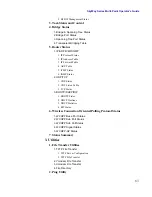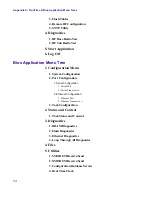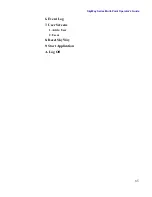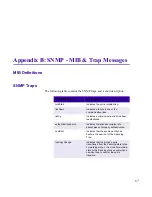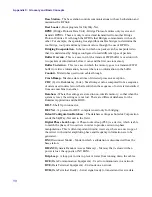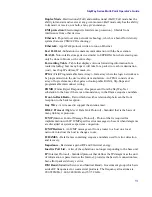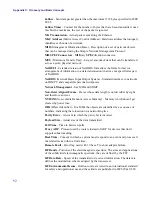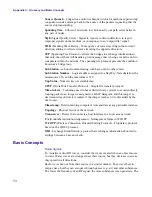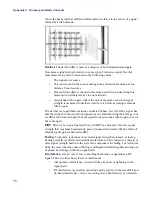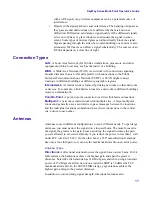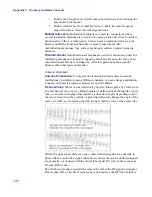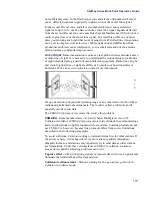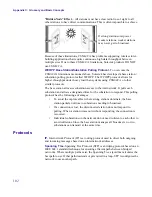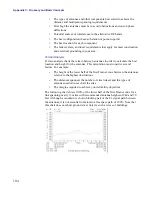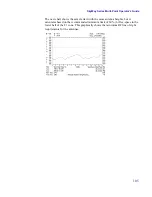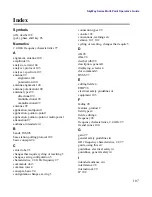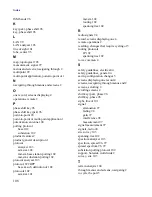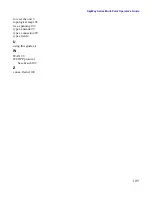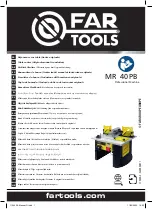
SkyWay Series Multi-Point Operator’s Guide
97
2.4 GHz Frequency Characteristics.
The 2.4 GHz band is good for long-
distance transmissions. It is rarely affected by static interference. There are
multiple channels within the 2.4 GHz band.
Spread Spectrum
Spread spectrum
spreads the transmission over different frequencies within its
assigned bands. There are four variations of spread spectrum technology, but for
internetworking purposes Direct Sequence Spread Spectrum (DSSS) with DPSK
is the one most frequently used. DSSS continuously distributes the signal across a
portion of the frequency band. DSSS resists interference from other RF signals,
static from nearby electronic devices, and fading. DSSS is also highly secure
because the signal appears as noise to non-DSSS receivers or DSSS receivers that
are set to process a different spectrum.
Attenuation and Gain
Attenuation
is a decrease in amplitude due to signal absorption or dispersion.
Gain
is an increase in amplitude due to different forms of signal enhancement, such as
the use of an antenna to focus the signal. Amplitude and gain are measured in
decibels (dB).
Antenna gain is measured relative to the strength of the signal you would receive
at any given distance using an antenna with no gain (such as a dipole or theoretic
Isotropic antenna).
The antennas at both ends of the link can enhance signal gain. The total gain for a
connection between two antennas is the product of the gains for both antennas.
Signal Measurement
To measure the size and strength of a signal meaningfully, we must consider the
following:
•
A signal widens with distance. To calculate the height and width of a
signal, we must know the distance from its source.
•
A signal has no distinct outer edge. It is strongest in a narrow focused area
(center lobe), and it fades out gradually as distance increases from the
center lobe.
How we measure the cone –
To indicate the shape of the cone, we measure its
expansion in degrees.
How we measure signal strength –
We measure signal strength relative to the
center point where the signal is strongest, but we generally do not say how strong
the signal is at that point.
How we measure signal width –
To avoid measuring from a nebulous edge, we
measure across the center point at different bands of signal strength. The number
of decibels (dB units) indicates threshold points relative to the center point.
For example, the beam width of the Solectek dish antenna we define as 17.5 x
maximum at 3 dB elevation. Three dB is a threshold within the cone where the
signal’s strength is 50% lower than its strength at the center. The drawing below
Summary of Contents for SkyMate
Page 6: ...About This Manual vi ...
Page 20: ...Chapter 1 Getting to Know Your SkyWay Series 6 ...
Page 100: ...Appendix A RunTime Bios Application Menu Trees 86 ...
Page 102: ...Appendix B SNMP MIB Trap Messages 88 ...
Page 120: ...Appendix C Glossary and Basic Concepts 106 ...
Page 124: ...Index 110 ...

